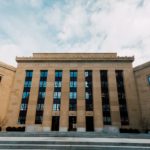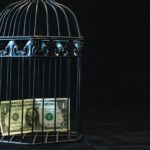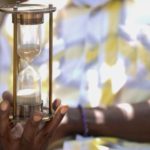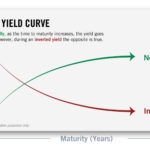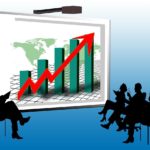The recent announcement of a recession by the prestigious National Bureau of Economic Research (NBER) probably was not much of a shock, at least by the time that it came out on June 8. But AP subscribers have been on a long, slow “recession watch” for about two years, as economic conditions lifted off from our floor level warning rate of <10% probability, up through mid-percentages, and then finally to higher levels in recent months, of 75%, then 90%, and now 100%.
Additionally, since late in 2019, we were saying that very low unemployment rates are the precursors to the end of a business cycle. Learning to read these economic tea-leaves is not a matter of luck, or of some kind of esoteric “magic” – it is simply a core effort of AP to look at big picture economic conditions, the historical correlations between events, trends, and the underlying human behaviors which define business cycles in a large national economy.
With that in mind, here is an event-defining chart, that shows how well the tell-tale downward swoops in unemployment have correlated with our recession probability percentages. A downward swoop accompanying a high-probability of recession ALWAYS ended in recession, and the few downward swoops with under low-probability conditions NEVER ended in recession. So here are ten more confirmations of the reliability of the AP indicators, including the one we are currently experiencing.

What comes next for the recession and the eventual path to recovery?
During recent statements by Federal Reserve Chairman Powell, after the June Fed meeting, and when testifying before Congress, he used very cautious language, which clearly signals to us that there is little to no room for short term optimism. The Federal Reserve will do everything it can to maintain financial market liquidity and stability (outside of the risky equity markets), but it cannot by itself stave off high unemployment, and cripplingly low velocity of money.
In spite of all the wishful thinking about a “quick recovery”, and the associated irrational exuberance in the stock markets, AP will be relying solely on our actual six indicators once again, for objective signaling of the end of the recession. There are a lot of dynamics going on, but the limited recovery in employment, plus the ongoing wise and cautious behaviors of businesses and consumers – these all create the conditions for a painfully slow economic recovery. As the historical strip chart on our Recession Indicators page, the end of the recession, as signaled by our indicators, is the best time to safely reinvest, even though serious worry and concerns will still exist at that time, just as they did in 2009 at the end of the Great Recession!


